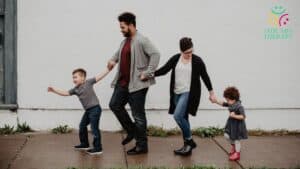Key Points:
- ABA therapy for toddlers builds communication, play, and daily living skills through short, structured sessions that fit into home routines.
- In the first 90 days, the team sets clear goals, teaches foundational skills, and coaches parents to use prompts and praise during everyday moments.
- Progress is tracked and adjusted to keep learning consistent.
Parent stress often rises when a child misses cues, protests daily tasks, or cannot show basic needs. ABA therapy for toddlers uses step-by-step teaching to build communication, play, and self-help in small, doable steps.
The first 90 days sets expectations, builds a plan, and shows how parents can cue skills during everyday moments. Expect clarity on hours, goals, and progress checks so the plan feels usable at home.
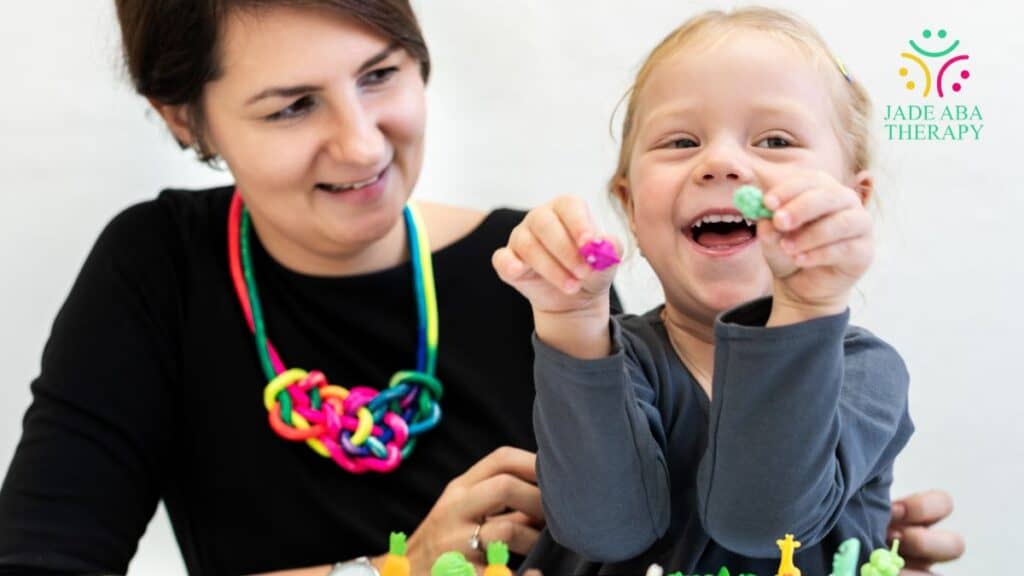
What Happens Before Day 1?
Intake sets a clear picture of your child and your priorities. A BCBA reviews records and observes play, communication, and behavior. A practical baseline follows, using tools your payer accepts and short probes you will also see at home.
Parents learn how sessions run through parent training goals that explain what a “prompt” or “reinforcer” means. Coaching begins early so strategies show up in daily care.
A short safety plan draws on behavior modification for autism to address elopement, aggression, or self-injury when present. Families choose session times that fit naps, meals, and school so practice is realistic.
Expect these early steps:
- History and strengths review with examples from home and daycare.
- Direct observation, short play-based probes, and caregiver interview.
- Draft goals that match your routines like mealtime, bath, and car rides.
A brief talk on intensity prepares you for scheduling. Early intensive behavioral intervention often runs 20 to 40 hours per week, which several reviews associate with gains across language and adaptive skills.
ABA Therapy for Toddlers: First 30 Days Milestones
ABA therapy for toddlers begins with “learning how to learn.” Teams set a few starter targets that unlock later progress. Sessions feel structured and upbeat with frequent chances to earn tiny wins.
Early targets often include:
- Responding to name, shared attention, and simple imitation.
- Requesting high-value items with a sign, picture, or spoken sound.
- Tolerating short seated tasks, then returning after a brief break.
Parents join short coaching blocks as part of caregiver training in ABA to practice prompting and praise. Visuals or a first-then board may appear in week two. Data stays simple and visible. A quick mid-month check keeps goals sharp and removes tasks that stall progress.
A right-sized stat helps set expectations. CDC tracking now estimates about 1 in 31 eight-year-olds are identified with autism in U.S. monitoring sites, which explains why waitlists and service needs feel high.
Helpful phrases to hear and use this month
- What are ABA techniques looks like modeling, prompting, shaping, and reinforcement taught in short trials.
- ABA therapy interventions include Functional Communication Training for protest and teaching play in tiny steps.
- ABA therapy methods blend structured teaching with naturalistic play so skills move into daily life.
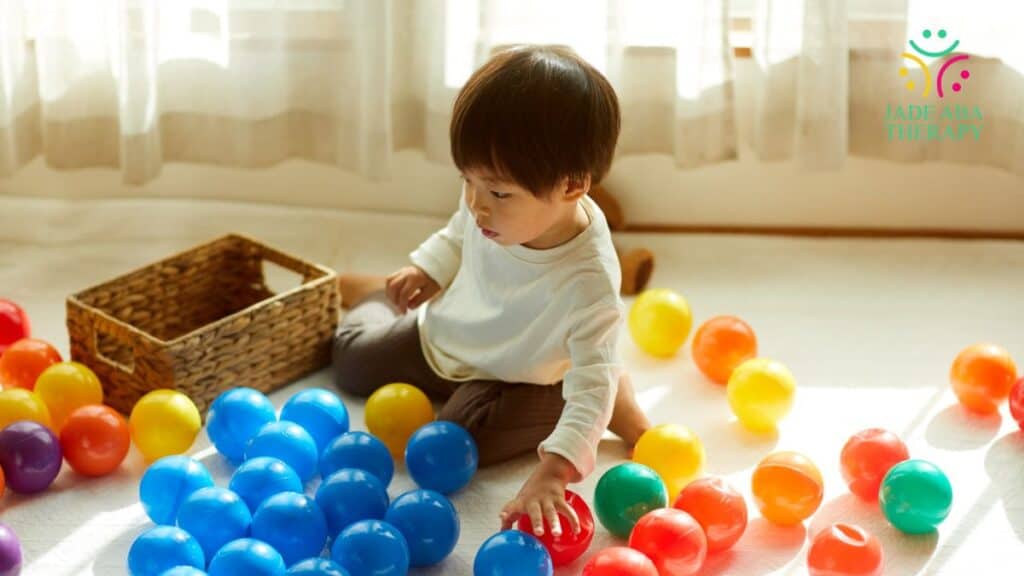
What Changes in Days 31–60?
The plan expands once learning-to-learn skills show up. Sessions add more naturalistic work, peer play if available, and short community goals. Caregiver coaching shifts from modeling to shared practice with feedback.
Expect the program to add:
- Simple directions across rooms, not just at the table.
- Requesting across people, not just with one therapist.
- Early play skills like taking turns, rolling a ball, or cause-and-effect toys support social skills training.
A mid-cycle review checks if prompts fade and if reinforcement stays meaningful. If a task plateaus for two weeks, the team rewrites it. If a behavior blocks learning, the BCBA runs a brief assessment and installs a clear prevention and response plan.
A well-cited result guides hope here. A randomized trial of the Early Start Denver Model for toddlers showed an average 17.6-point improvement on standard IQ scores over two years versus 7.0 points with community services, with better adaptive behavior growth as well.
Practical add-ons this month
- ABA intervention strategies for protest teach a simple request first, then shape waiting and tolerating “no.”
- ABA techniques for play uses modeling, turn-taking, and expanding a child’s idea by one step.
- ABA therapy for nonverbal toddlers prioritizes functional communication with gestures, pictures, or device taps while spoken sounds grow.
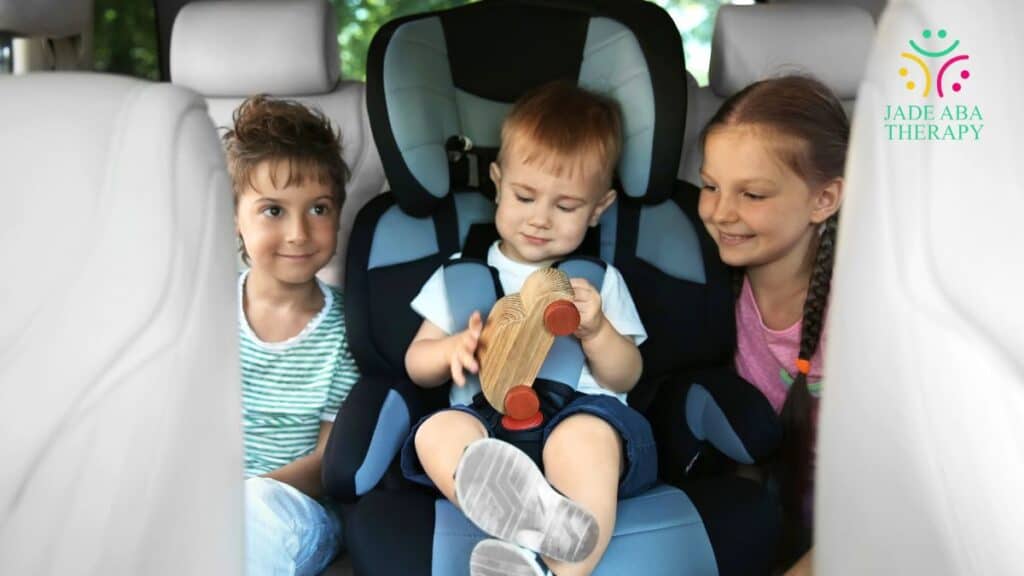
What Grows in Days 61–90?
Generalization becomes the focus. Skills need to work in different rooms, with different people, and during real routines. Parents take longer coaching blocks where the BCBA fades prompts and lets you lead.
Plan for these checkpoints:
- Communication shows up during meals, bath, and car seat time.
- Play expands to variety and length, not just one toy or one script.
- Simple self-help steps start, like handwashing or putting on shoes.
Data meetings feel more strategic now. The team checks rate of progress across goals, not just single wins. If progress slows, the BCBA adjusts the teaching sequence, reinforcement menu, or session mix so gains resume.
Families also ask about hours. The long-standing recommendation for comprehensive programs often falls in the 25 to 40 hours per week range, though individual need, tolerance, and goals guide the final plan.
Skill-building this month
- ABA therapy interventions move into short errands or the playground to test skills outside the home.
- ABA therapy methods keep a balance of structured practice and child-led play so skills stay flexible.
Techniques Toolbox: From Table to Play
Parents want usable tools they can use in five minutes between tasks. ABA offers a small set that covers most moments at home.
Core tools to master:
- Prompting and fading. Give just enough help to get the action, then remove help fast.
- Reinforcement. Tie praise, play, or a bite of a favorite snack to the skill you want repeated.
- Shaping. Reward small moves toward the final skill when a full response feels hard.
Naturalistic teaching keeps the day moving and aligns with parent education in autism that supports carryover at home. Place targets inside snack time, bath time, and dressing. Keep materials nearby so practice starts fast. Short play bursts help generalization. A one-minute turn with bubbles can teach eye contact, pointing, and a spoken sound in quick cycles.
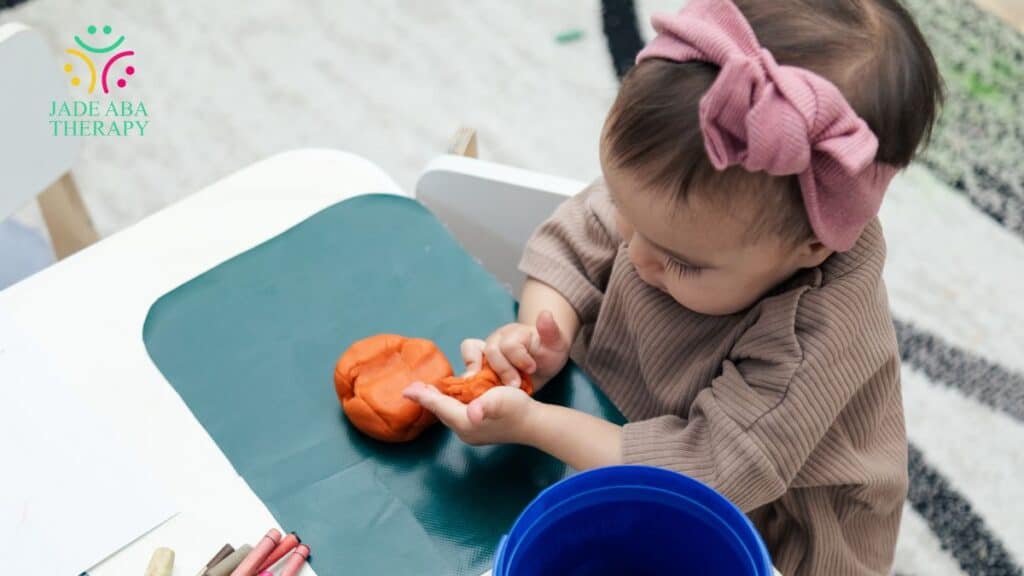
Behavior Plans Without the Jargon
Clear behavior plans use plain steps so every adult responds the same way. A short functional assessment identifies the purpose of the behavior. The plan then uses advanced ABA techniques to teach a replacement that meets the same need in a better way.
Steps you should see:
- Prevent. Adjust demands, offer a choice, or change the setting before hard moments start.
- Teach. Prompt a simple request like “help,” “break,” or a picture tap.
- Respond. Provide the earned outcome for the new request and reduce attention to the old behavior when safe.
Parents also ask, “Is ABA for autism only?” ABA started in autism care, yet the science of behavior applies to many needs. Your plan stays child-specific so it fits autism features and your family routines.
Communication First: For Minimally Speaking Toddlers
Communication sits at the core of toddler care. The team selects a primary way to request and then builds variety and distance. Many children start with signs, pictures, or a speech-generating app while speech grows.
Focus areas:
- Teaching a reliable “want” button with pictures, signs, or a tap.
- Turning babble into a sound, then a word, then a short phrase.
- Coaching partners to wait, model, and respond the same way.
Use of ABA therapy for nonverbal toddlers stays centered on access to needs, not long drills. Keep practice short, upbeat, and placed inside real tasks like snacks, bath, and leaving the house.
Tools and Toys That Pull Skills Forward
Parents often ask which items help learning. Choose toys that invite turns, imitation, and shared attention. Skip items that absorb attention without interaction.
Helpful categories for ABA therapy toys for toddlers:
- Cause-and-effect toys like pop-up boxes that prompt eye contact and request.
- Pretend play sets like food or doctor kits that grow play scripts.
- Build and motion toys like blocks, tracks, and marble runs that teach turn taking.
Store toys in clear bins on higher shelves so requests grow. Keep bubbles, a ball, and a simple puzzle near the table for quick practice between tasks.
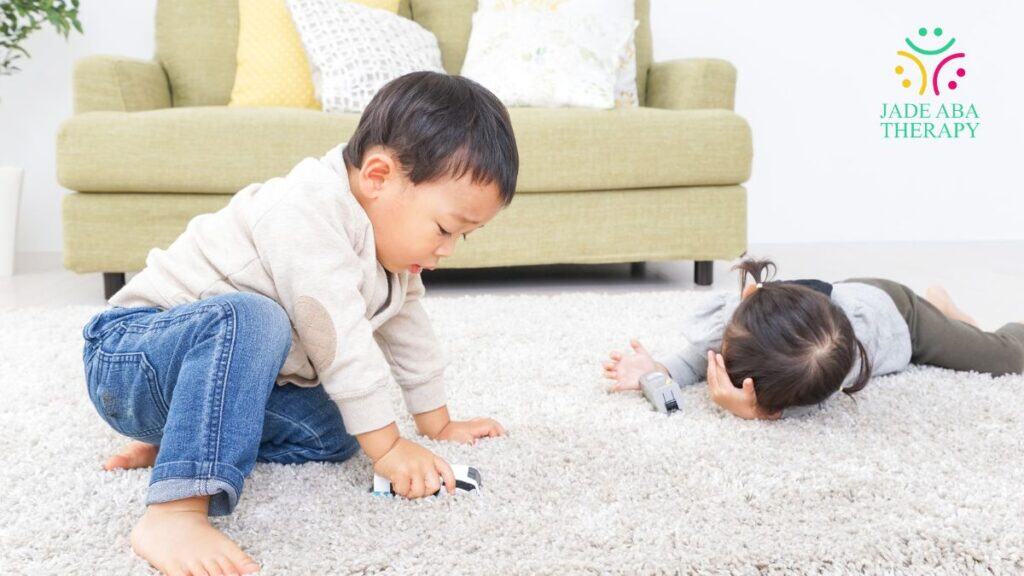
Finding Help: ABA Therapy for Toddlers Near Me
Search tools help, yet strong programs also show clarity during calls. Ask about supervision, caregiver coaching, and how goals link to your routines.
Checklist for calls and visits:
- Ask about BCBA caseload, parent training hours, and session mix at home versus clinic.
- Ask how the team handles plateaus and how often goals update.
- Ask how data turns into next steps and how you will see it each week.
Search engines often lead with “ABA therapy for toddlers near me” and reviews. Cross-check with your pediatrician, your early intervention program, and your insurer’s directory, and review insurance information.
Frequently Asked Questions
How does ABA therapy work for toddlers?
ABA therapy works for toddlers by breaking skills into small steps, rewarding success, and using play to teach in short, frequent sessions. Parents receive coaching to use the same strategies during daily routines like meals and outings. Progress is tracked with data to adjust support and expand skills.
What does ABA therapy look like for a 3 year old?
ABA therapy for a 3-year-old combines structured teaching with play to build skills like requesting, imitation, and following directions. Therapists rotate tasks every few minutes to hold attention, while parents practice routines with feedback. Simple behavior plans and visuals support learning across daily settings.
What activities can toddlers do in ABA therapy?
Toddlers in ABA therapy engage in activities like sorting, building, matching, and pretend play that reflect daily routines. Communication, self-help, and social skills are taught through play, snacks, and simple tasks. Each activity includes a goal, prompt plan, and praise to build independence over time.
Start Home-Based Progress in the Next 90 Days
Early skills build faster when sessions target realistic goals, show clear wins, and move into daily life. A three-month plan sets strong communication, early play, and simpler routines so progress keeps pace after each visit. At Jade ABA Therapy, we provide in-home ABA therapy that centers parent coaching and practical tools for the home environment.
If you are ready to plan an ABA therapy service in Virginia or Maryland, reach out to schedule a brief call and an in-home assessment. We use the first 90 days to build a plan you can run between sessions, then we widen the circle so skills show up in school and the community. So, call us now!




